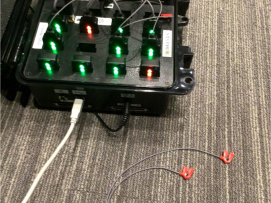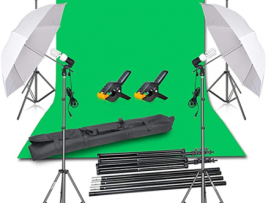Humans and objects move through 3-dimensional space. The Immersion Lab has a room-scale facility for measuring complex motion for biomechanics, mechanical design, or robotic controls.
Explore Immersion Lab motion capture tools using the buttons below.



